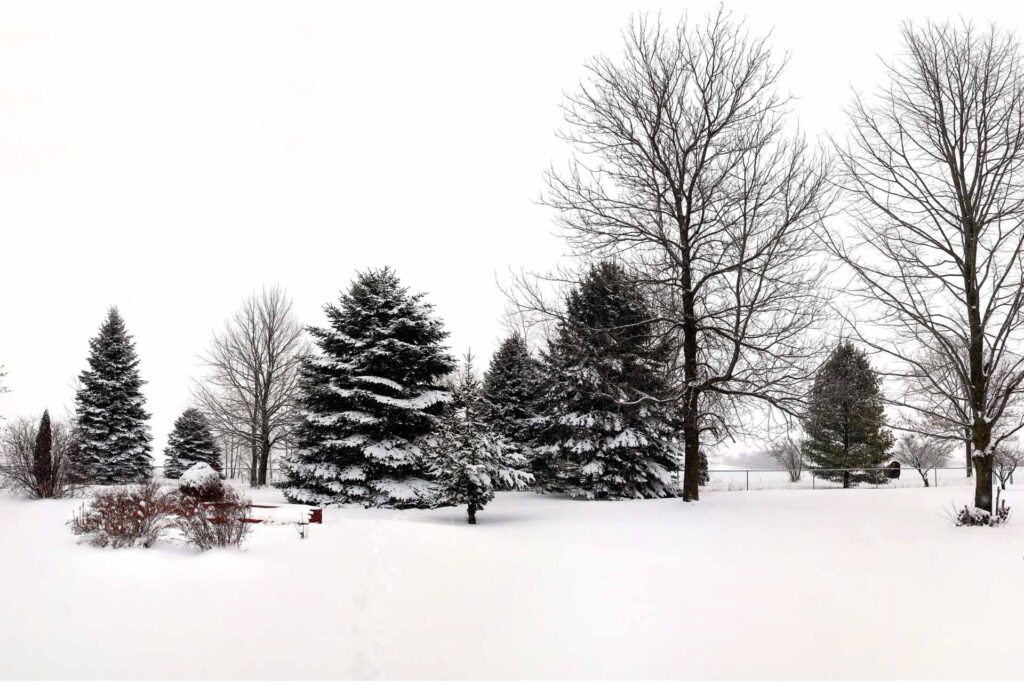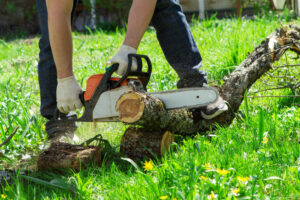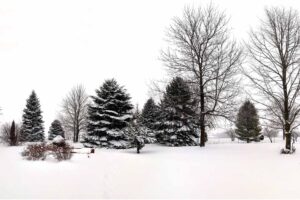As winter approaches, homeowners often wonder whether it’s the right time to plant trees. The answer is a bit more nuanced than a simple “yes” or “no.” Let’s explore the factors that influence tree planting during the winter months.
Tree Species: Evergreen or Deciduous?
The type of tree you want to plant plays a crucial role in determining the ideal planting time.
Evergreen Trees: Evergreens like spruce and pine retain their needles year-round. They have a shorter planting season, best suited for when the soil temperature is above 60°F (16°C). Plant them before the ground freezes.
Deciduous Trees: These trees lose their leaves and go dormant in winter. They require less energy during the cold months and can tolerate lower temperatures. For deciduous trees, the best times to plant are in the fall or early spring when the soil is above 10°F (-12°C).
Consider Your Climate Zone
The climate in your area greatly affects when you should plant trees.
Northern Climates: In regions with colder winters, such as much of the northern United States, the best time to plant trees is during the fall, from mid-August to mid-October, after the summer heat has passed but before the harsh winter chill sets in.
Southern Climates: In warmer southern climates, like Buffalo NY, you have a more extended window for planting. November and December are excellent months for tree planting.
Watch the Weather Forecast
Unseasonably warm or mild winter weather can create exceptions to the typical planting times. Always keep an eye on the current weather conditions and plant when the climate is suitable for your chosen tree species.
Early, Mid, or Late Winter
Winter can be divided into three main periods: early, mid, and late. Each has its considerations for tree planting.
Early Winter: This period is somewhat similar to autumn and is suitable for transplanting seedlings. However, if the ground is frozen or covered in snow, it’s better to wait until late winter or early spring.
Mid-Winter: Avoid planting in the middle of winter as newly planted seedlings are vulnerable to frost damage and root drying. Unless you’re in a southern climate where cold and snow aren’t issues, delay planting.
Late Winter: Late winter and early spring can be optimal times for planting as the ground begins to thaw, and the weather warms up. This is especially true in regions with milder winters.
Special Considerations for Winter Tree Planting
No matter when or where you plant trees during winter, follow these tips to ensure your seedlings thrive:
Continue Watering: Water the soil around the new tree every one to two weeks until the ground freezes completely.
Apply Mulch: Mulching insulates the ground, maintaining a more consistent temperature and slowing evaporation, which helps roots absorb water more effectively.
Tree Staking: Windy winter conditions can hinder seedling growth, so consider staking the tree to help it grow straight.
Desiccants: For hardwood evergreens, desiccants can add a protective wax coating to prevent drying out during winter.
Avoid Fertilization and Pruning: Newly planted trees should focus on root development, not new branches. Wait until spring to apply fertilizer and prune.
Newly planted trees should focus on root development, not new branches. Wait until spring to apply fertilizer and prune.
Deer Protection: Protect your newly planted trees from deer exploration by using repellents and protective tubing on the trunk.
As you plan for tree planting this winter, remember that 10xtree is here to provide expert guidance and assistance. While it may be winter now, spring will be here before you know it. Start planning and book your spring-cleaning service today! Contact us online for a free job quote.
Did you know that 10xtree is a local company of home service professionals? Learn more about our services at Here.








